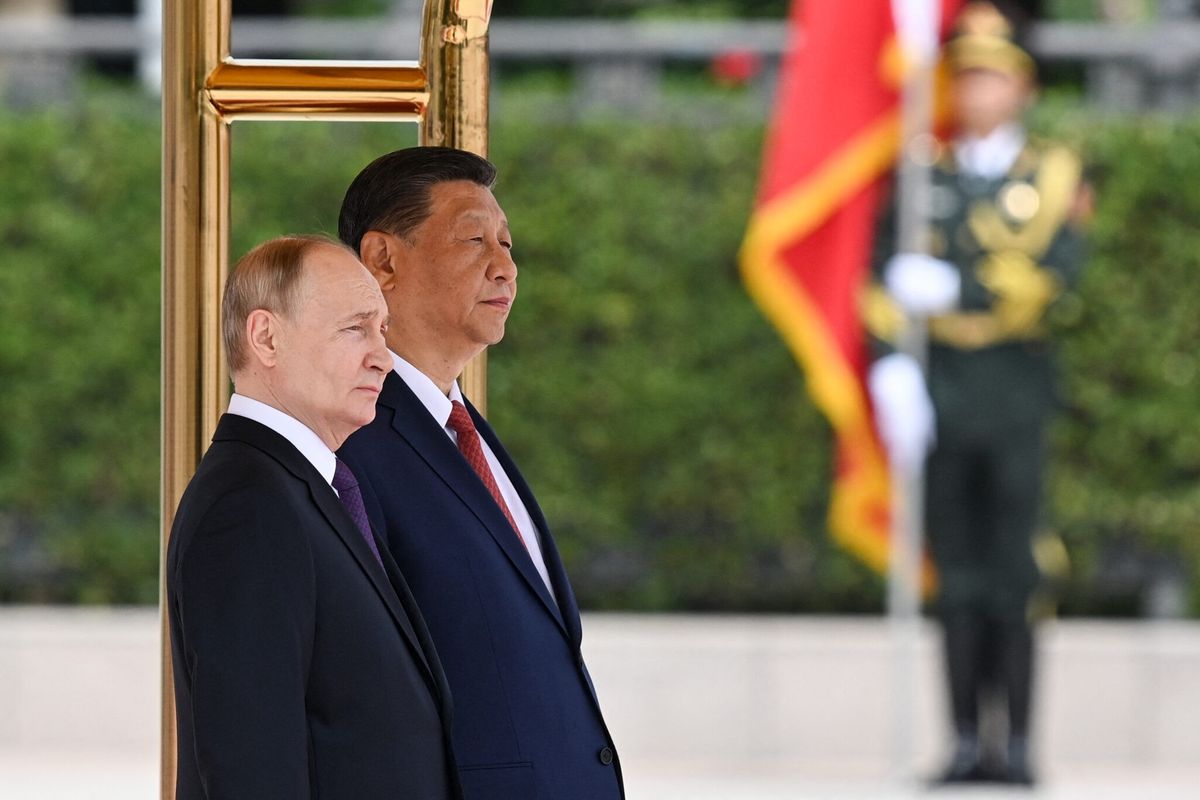President Donald Trump will hold a second summit with North Korean leader Kim Jong Un in late February.
The White House made the announcement following an Oval Office meeting between President Trump and North Korean envoy, Kim Yong Chol.
White House press secretary Sarah Huckabee Sanders said that the United States will “keep pressure and sanctions on North Korea until we see fully and verified denuclearization.”
But Cipher Brief Expert and former senior British diplomat Tim Willasey-Wilsey, who is also a Senior Visiting Research Fellow at Kings College London’s Department of War Studies, provides insight as to why the second summit agenda needs to focus on far more than just denuclearization.
In the Singapore summit of June 2018, North Korea was desperate for sanctions relief and was willing to discuss significant nuclear reductions, if not complete disarmament. Pyongyang even hoped for an economic pact with Washington which might lessen its dependency on China, its uncomfortably powerful neighbour and ally.
But the opportunity was missed. The U.S. President did not use the leverage which sanctions had created. And since then, the U.S. has lost the cooperation of China through its hostile trade policy. Justified as that new U.S. stance towards China might be, it has wreaked havoc with China’s attitude towards the Korean peninsula. Observers in the border town of Dandong say that sanctions against North Korea have visibly eased. Meanwhile, South Korea is increasingly seeing sanctions as an irritating impediment to its plans to stimulate inter-Korean trade, cooperation and transport links.
Given these inauspicious signs, why is the summit moving forward?
For China, the big win would be the removal of U.S. troops from South Korea. Beijing will have watched Trump’s announcement of U.S. withdrawal from Syria (and indications of a pull-out from Afghanistan) with mounting excitement. With the authoritative figure of former Secretary of Defense, General James Mattis gone, China would be foolish not to try for a draw-down of U.S. forces from South Korea. Trump himself hinted at the idea shortly after the last Singapore summit. Even balancing that ambition against limitations on Trump’s freedom of manoeuvre; the new Democratic majority in the U.S. House of Representatives, the potentially disruptive Mueller enquiry and National Security Advisor John Bolton’s attempts elsewhere to mitigate some of the President’s concessions; China still favours a second summit.
For the United States the potential win would be to burnish President Trump’s credentials as someone who makes foreign threats and costs apparently go away. The aftermath of the Singapore summit showed that the American people were not unduly bothered by the failure of Kim Jong-un to make serious moves towards disarmament; nor indeed by his ungracious treatment of Secretary of State Pompeo during his three subsequent visits to Pyongyang.
Furthermore, there is not much sympathy in Washington for South Korea. President Moon Jae-in has played a clever but risky game in which his commitment to inter-Korean friendship has been more evident than his belief in either nuclear disarmament or in the longevity of the U.S. alliance. Furthermore, although South Korea does pay for many of the costs of the U.S. garrison, President Trump’s suggestion that it should pay more wins plaudits amongst Trump’s domestic support base.
From the point of view of Seoul’s left-leaning government, the past few months have demonstrated that the United States can no longer be relied upon as an all-weather ally. So South Korea is making strides to ingratiate itself with Beijing. The idea of the Korean peninsula joining the Belt and Road Initiative (BRI) is gaining currency and Seoul’s renewed antagonism towards Japan, although based on historical grievances, has the additional benefit of playing well in Beijing.
For the North Koreans, the potential gains from a second summit would be further sanctions relief. Kim Jong-un must surely doubt that he will get such an easy ride as in Singapore but he might calculate that a few more nuclear concessions (far short of denuclearisation) could enable him to work with South Korea on reopening the Kaesong project, developing transport links and becoming part of BRI. This could lead to considerable South Korean investment into North Korea’s dilapidated transport system with the added political benefit of establishing leverage over all of South Korean rail and road traffic with China, Russia and the Central Asian Republics.
For the other U.S. allies in North East Asia the future looks bleak. Japan feels more distant from the U.S. than at any time since 1945. It views the recent hostility from Seoul with mounting alarm; it seems unnecessary, self-defeating and indicative of a new world order.
In Taiwan the concerns are similar. They are watching carefully to see whether the United States abandons the Syrian Kurds who have delivered much of the success against Islamic State. They are also observing South Korea’s gradual courtship of Beijing. Inevitably they question (not for the first time in recent years) Washington’s commitment to existing defence guarantees.
We are seeing a realignment in the region. It is not yet irreversible. There is still time to repair much of the damage. For example, China has been very slow to respond to South Korea’s hand of friendship. Its hostility over THAAD has been clumsy. President Moon Jae-in is losing popularity in South Korea and may find it harder in future to win support for his regional policies. President Trump is unpredictable enough suddenly to end the trade war with China. And China itself might decide that the short-term needs of its economy outweigh the benefits of undermining U.S. influence in its region.
A second summit, will and should shine a light on much more than just North Korea.
Read more from Tim Willasey-Wilsey








